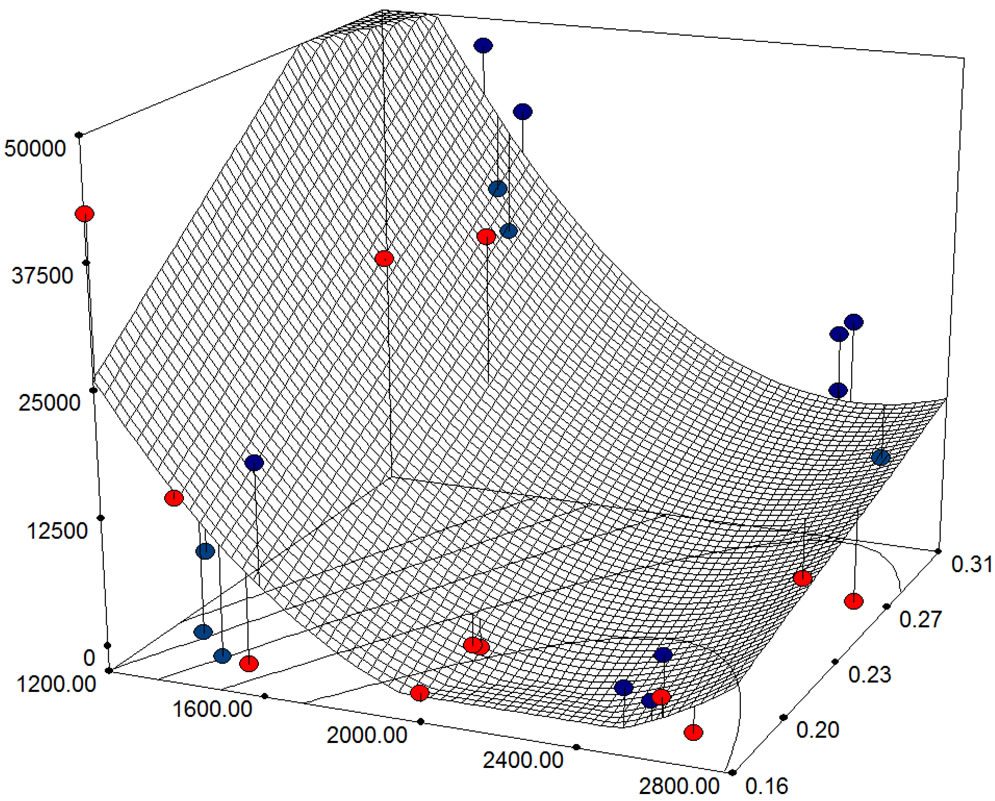Skyward uses Design of Experiments (DOE) statistical analysis to improve test and analysis program planning, perform more informed pretest predictions, produce higher quality test data, and enable greater confidence in the conclusions generated from testing. Skyward uses DOE principles and practices to develop test matrices during testing planning, optimizing the required number of tests to save costs, while ensuring the factors examined are most likely to provide the greatest information obtainable. Skyward has been implementing DOE methods in ballistic live fire testing and in developing predictive tools derived from experimental results. Examples of these efforts have included the analysis of ballistic munition functioning and fire ignition and sustainment potential. The use of DOE and advancements in high-speed video capability has expanded the investigation of this complex phenomenon. Skyward has developed techniques from these tools to maximize the lessons learned from testing to assist in developing the Air Force Next Generation Fire Model (NGFM).
Applying DOE methods to test results, enables Skyward to maximize the knowledge gained from the testing and confidence in the conclusions. It also enables the validation of statistical models and highlights areas requiring improvement. The updated model is then, in turn, utilized with higher confidence over a wider area of input parameters and the combination of model and test data provides a better overall picture of the evaluated system’s response. Skyward also uses statistical analysis as a quality control process, ensuring that data outliers can be thoroughly explored. This often leads to improvements in test methodologies or the recognition of test areas requiring further exploration

